Images are an integral part of a website – helping to convey messages faster, create visual impressions, and enhance user experience. However, unoptimized images are a common cause of slow page load speeds, which negatively impacts SEO and conversion rates.
So, what's the right way to optimize website images? What techniques and tools can help process images to be both light and beautiful, and Google-friendly? Let's explore in the article below with MIMA Trading and Service Co., Ltd. – specializing in SEO-standard website design in Ho Chi Minh City.
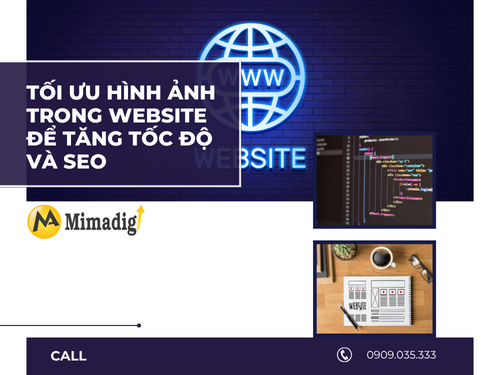
Why do we need to Optimize Images for Website?
Increase Page Load Speed:
- Images often account for 50-70% of a web page's size.
- Large image sizes will slow down the page loading process, especially on mobile devices or weak networks.
Enhance User Experience
- Users often leave a page if they have to wait too long (over 3 seconds).
- Optimized images will display quickly and smoothly, helping to retain users longer.
Improve SEO Ranking
- Google considers page load speed an important factor for ranking.
- In addition, optimizing ALT tags, file names, and formats also helps Google understand and appreciate image content.
Reduce Storage and Bandwidth Costs
- Lightweight images will save hosting space and reduce CDN costs.
- Help the website operate more stably with a large amount of traffic.

Common Mistakes When Using Images on a Website
- Using images that are larger than the display requirements (e.g., a 4000x3000px image for an 800px frame).
- Uploading uncompressed images or inappropriate formats such as BMP, TIFF.
- Not assigning appropriate file names or ALT text for SEO.
- Embedding images from unstable external sources.
- Using too many animated backgrounds or heavy sliders.

10 Effective Image Optimization Techniques for Websites
✅Choose the Right Image Format
| Format | Features | Suitable for |
| JPG/JPEG | Compact, good quality | Photos, backgrounds |
| PNG | Transparent background, high quality | Logos, icons |
| WebP | Lighter than JPG & PNG | Entire website (prioritize WebP if supported) |
| SVG | Vector, sharp at all sizes | Icons, logos, symbols |
Recommendation: You should convert images to WebP format to save space while maintaining image quality.
✅ Optimizing Image Size
Before uploading, crop or resize the image to match the actual display frame.
Example: If the image only displays in an 800x600px frame, there is no need for a 2000x1500px original image.
Recommended tools:
- Photoshop, Figma (professional)
- Canva, Photopea (free, online)
- TinyPNG, ImageResize.org (quick image resizing)
✅ Compress images while maintaining quality
Image compression helps:
- Reduce file size by up to 70-80%.
- Maintain relatively good image quality (especially with JPG, PNG).
Image compression tools:
- TinyPNG
- ImageOptim
- Squoosh
- Plugin WP Smush, ShortPixel (for WordPress)
✅ Use Lazy Load Feature
Lazy Load is a technique that only loads images when the user scrolls to them, which helps:
- Reduce load on the server.
- Increase the initial loading speed of the page.
How to apply:
- WordPress: Use plugins like a3 Lazy Load, WP Rocket.
- Manual code: Add the attribute loading="lazy"
✅Optimizing images for Retina Display
Retina displays (high resolution) require images with 2 or 3 times the normal resolution.
How to handle:
- Use @2x, @3x images for the required devices.
- Or use SVG if it is an icon or logo.
✅ Use CDN to load images faster: CDN (Content Delivery Network) helps:
- Distribute images from the server closest to the visitor.
- Shorten response time and reduce load on the main server.
Some popular CDNs:
- Cloudflare (free)
- BunnyCDN (cheap, highly effective)
- ImageKit, Cloudinary (image-specific CDN)
✅ Combine images (sprite) if there are many small icons
Combine multiple icons into one large file (sprite sheet) to:
- Reduce the number of HTTP requests.
- Speed up page loading.
Sprite creation tools:
- SpritePad
- CSS Sprite Generator
✅ Don't abuse animated images (GIFs): GIFs are often heavy and not optimized for the web.
Instead:
- Use WebP animation if you want it lighter.
- Or convert to video (MP4) for more effective display.
✅ Optimizing images for display on mobile: Use media queries to display images according to each device.
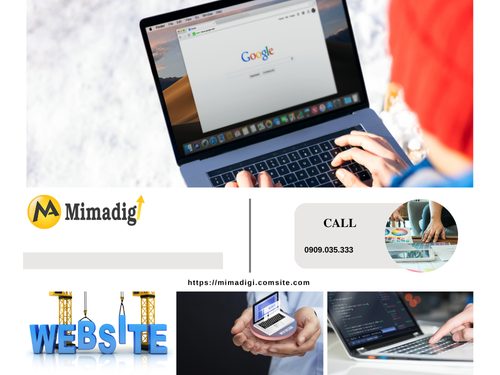
Some tools to check and evaluate website images
| Tool | Main Function |
| Google PageSpeed Insights | Suggest image optimization according to Google standards |
| GTmetrix | Analyzes heavy, uncompressed, un-lazy loaded images |
| [Lighthouse (in Chrome DevTools)] | Check image speed & SEO |
| ImageKit Analyzer | Measures image optimization level on the web |
When Should You Call On Image Optimization Experts?
- The website has hundreds or thousands of product images.
- Current images are not assigned correct ALT text, file names, or SEO-standard formats.
- The page loads slowly but the reason is unknown.
- There is no time to process manually.
👉 At this point, you should contact a professional unit like MIMA for comprehensive advice and processing:

Comprehensive Website Optimization Services at MIMA
MIMA Trading and Service Co., Ltd. provides solutions:
- Optimize images, speed, and SEO for the entire website.
- Design UX/UI standard, mobile-first websites.
- Update the latest technologies such as WebP, lazyload, integrated CDN.
- Consult on separate solutions according to business needs.
Optimizing images not only helps increase website speed, but also improves SEO, increases conversion rates, and provides a smooth experience for users. This is an important step that any e-commerce website, business, or personal blog should take from the beginning.
Let the images on your website be both beautiful and Google-friendly – and let MIMA help you do that in the most professional way.
Contact Information
MIMA TRADING AND SERVICE CO., LTD
📍 Address: Hoc Mon, Ho Chi Minh City
📞 Hotline/Zalo: 0909 035 333
📩 Email: info@mimadigi.com
🌐 Website: https://mimadigi.com




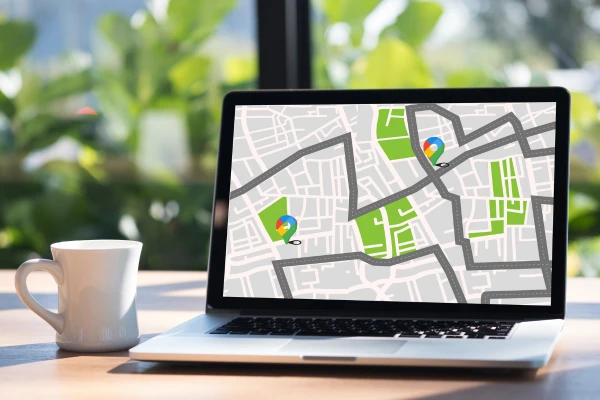
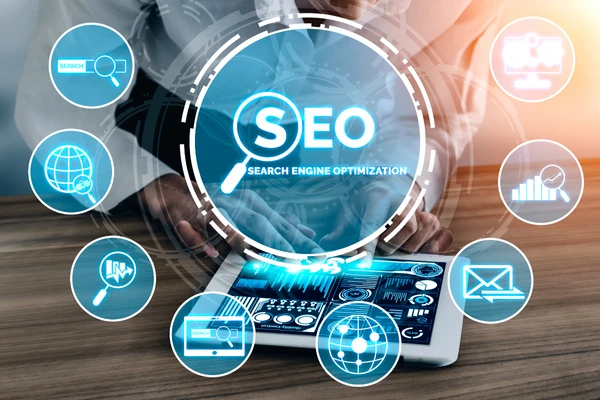
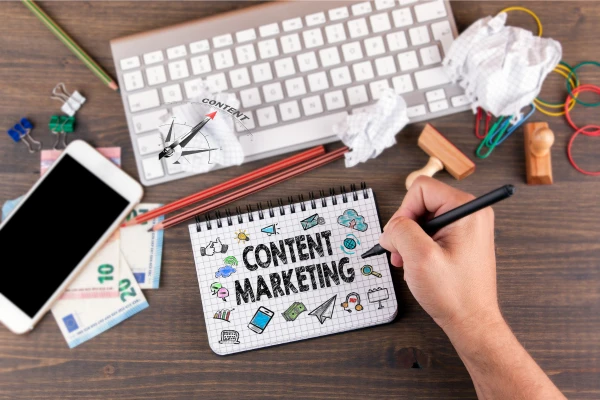


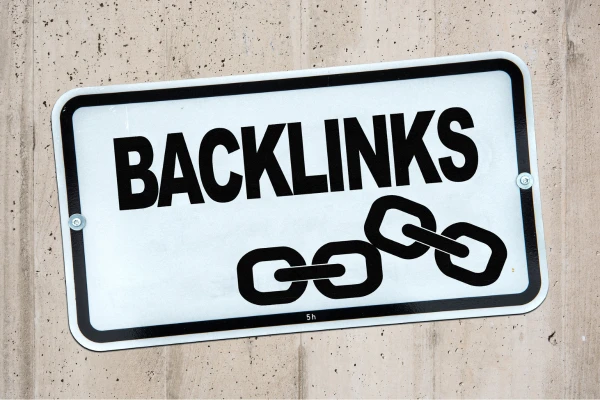

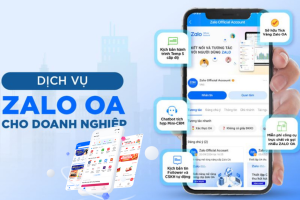
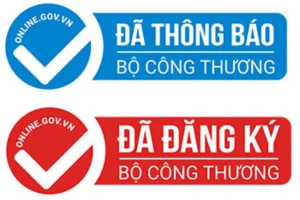
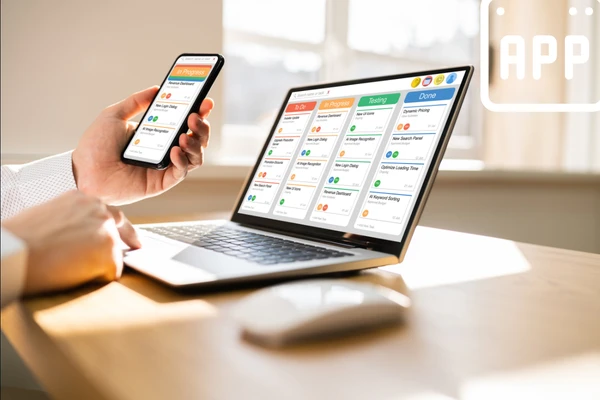

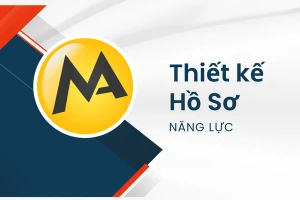






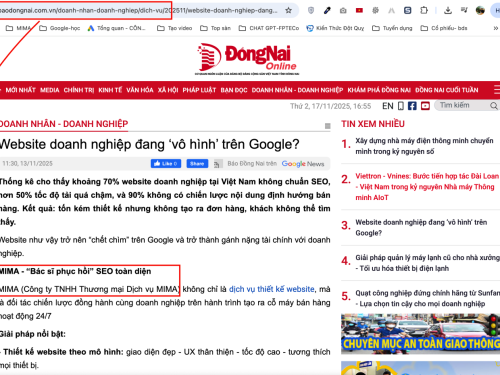



Share your review